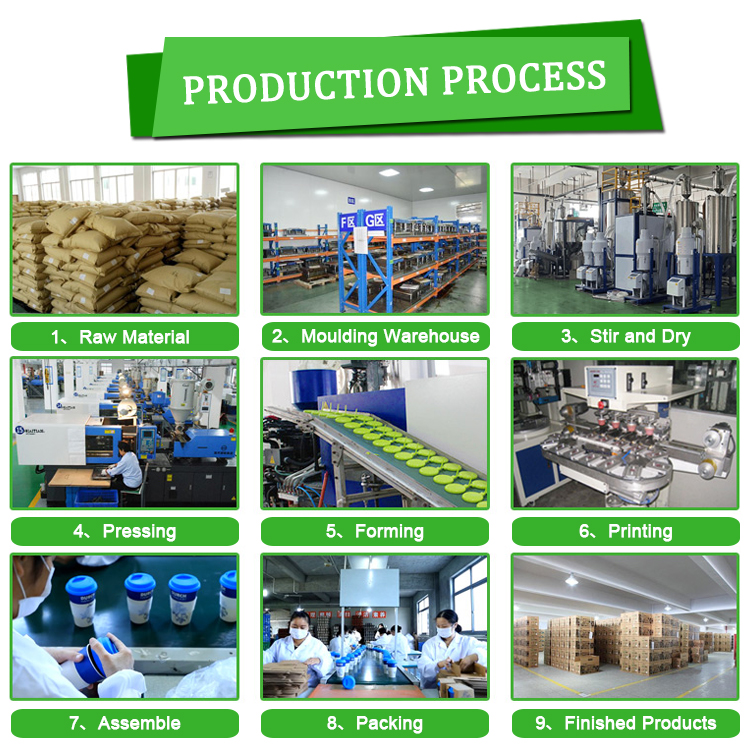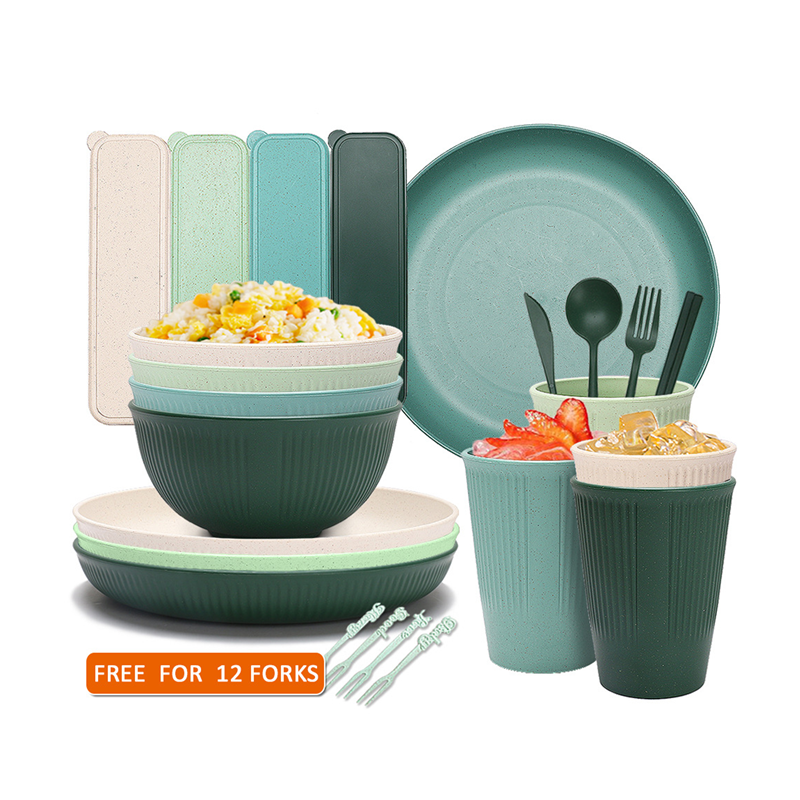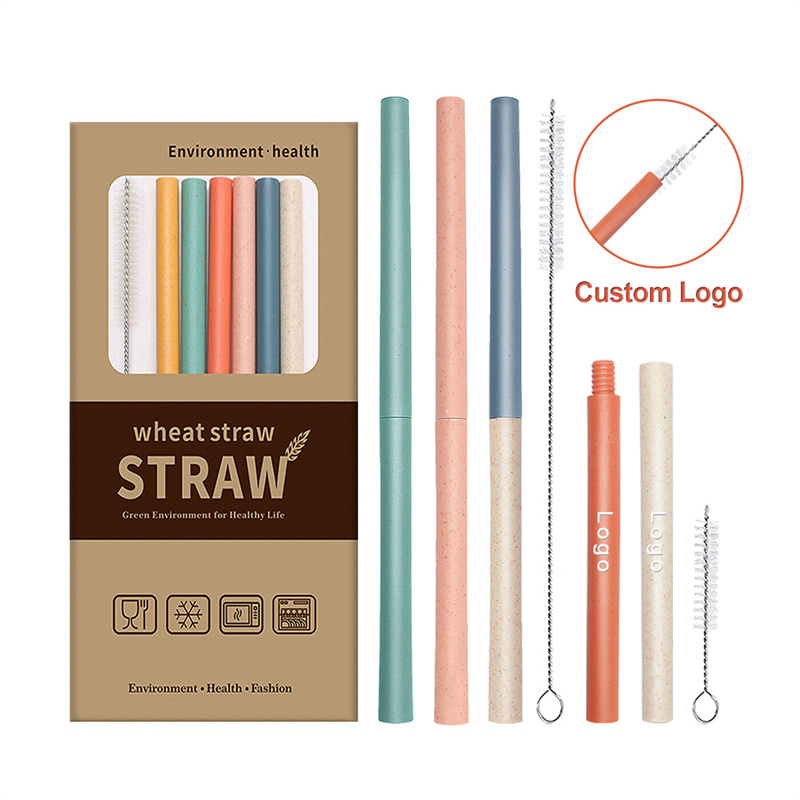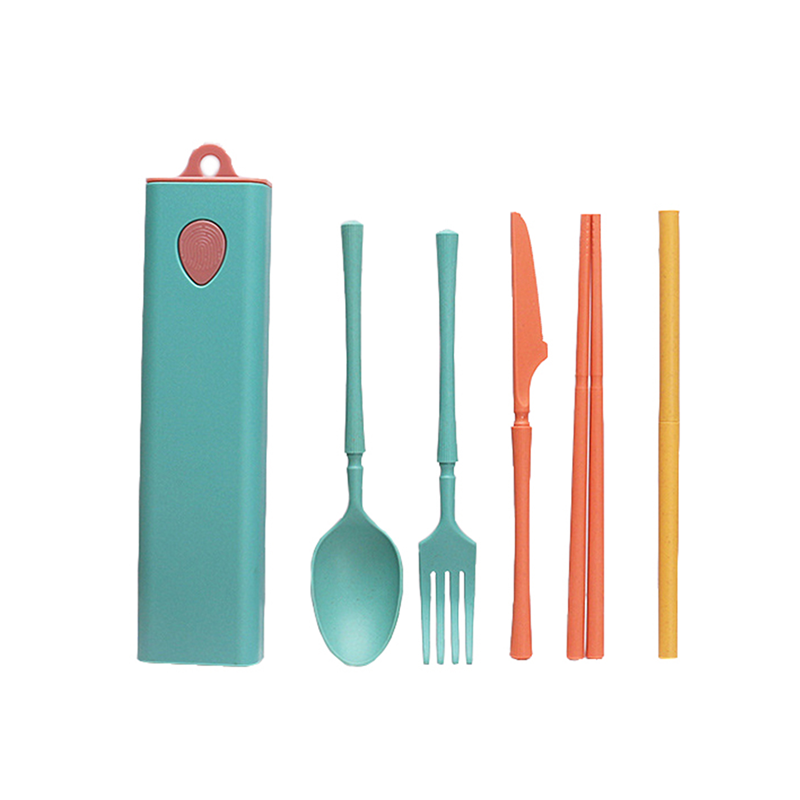The main ingredients of wheat straw are cellulose, semi -cellulose, lignin, polyfrin, protein and minerals. Among them, the content of cellulose, semi -cellulose, and lignin is as high as 35%to 40%. The effective ingredients are cellulose and semi -cellulose.
The first step in the production of tableware is to tear and knead the straw. Use a conveyor belt to send wheat straw into the floss flow tear machine. After the machine is treated, the straw will become 3 to 5 cm long, soft texture. Put 800 kilograms of water per 1,000 kg of straw for wet water, and then accumulate for 48 to 50 hours until the straw is fully wet and softened, and you can enter the lower process.
The softened wheat straw will be washed and separated in the hydraulic grass machine. When the straw enters the hydraulic grass machine, the circulating water is added at the same time to control the concentration of straw water mixing liquid to about 10%. After the treatment, the sand, leaves, spikes, and grass festivals in straws are discharged with water after being broken. The heavy objects such as stones and iron blocks are discharged from the surrounding stone tube under the action of centrifugal force. Finally, the remaining is relatively clean. Stalk fragments.
Lyrin is the main substance that exists in the cytoplasm layer. It enables the cells to stick to each other and solid. To get the cellulose and semi -cellulose suitable for tableware, it is necessary to separate it from lignin, remove lignin or clear it or clear it or clear it. Break the gum with wood quality. According to the principle of degeneration at a certain temperature, the straw can be separated into fibers with the assistance of the straw decomposition machine. During the treatment of 120 ° C to 140 ° C, the lignin transformed from the crispy glass state to a very soft rubber state, which is closely combined with cellulose and semi -cellulose. The aggregation strength of tableware.
After the decomposer of the straw, the mixture of the straw water is sent to the washing system for cleaning and concentration, leaving only cellulose, semic cellulose and transgender lignin. After cleaning the slurry, it is necessary to further condense with the extruder to get the raw materials of the straw tables. Although the previous treatment, there is still a problem that has not been resolved, that is, pigment problems in wheat straw. Because the wheat straw itself is yellow, the yellow color is soaked after hot water. How can this color be cleared? Since the hot water can be soaked in the color, the color can be removed by cooking. Under the action of hot water at 96 ° C, the pigment in the fiber is soaked out. The process is irreversible. After several cooking, the obtained straw fiber slurry can be used to produce tableware.
In the ingredient tank, add water with a total weight of 50 to 60 times the total weight of the straw fiber, and then add 5%to 8%waterproofing agent and 0.8%oil -proof agent according to the total weight of the raw material, and stir it into a uniform pulp for later use. One -time meal has one of the most important quality requirements, that is, the prosperous soup water cannot be leaked, and the food with oil cannot be leaked. Therefore, it is necessary to add an appropriate amount of oil -proof and waterproofing agent, but it must be a food grade additive. The prepared slurry is transported to the setting and molding machine of disposable tableware through the pipeline. When setting, put the food disk mold made of the metal network on the machine, and then drop the machine. After the slurry is evenly released into the container, open the vacuum pump pump switch. The slurry in the container will slowly fall. Discipline. This method can remove excess water in the slurry, so that the solid ingredients in the slurry are evenly attached to the inner wall of the mold. When the switch is turned off to take out the metal mesh mold, the wet pulp can be removed. Then, the wet pulp embryo was transferred to the tableware setting machine, and there was a mold on the upper and lower folders. When the upper and lower molds were buckled together, the steam from 170 ° C to 180 ° C, and the water content of the tableware reached about 8%through the heat pressing method. At this time, the tableware was initially applied.
After the molding tableware, the edges are uneven and affect the beauty. Therefore, it is necessary to produce a perfect cutter through a cutting process. The molds used on the border machine are exactly the same as the mold, and the mold on the molding machine. After fixing the tableware, the machine is turned on, and the excess edges of the tableware are stamped, which becomes a disposable tableware that can be used.
Before leaving the factory, straw tableware must be inspected, disinfected and packaged. In this process, the appearance quality must be checked; in addition, each batch of tableware must be performed, and the sampling inspection content includes physical mechanical properties and microbial indicators. Although straw tableware has strict health control standards in production, ozone disinfection and ultraviolet disinfection must be performed before the factory to kill the bacterial reproductive body on the surface of the tableware such as spores and fungi.
Post time: Oct-06-2022














